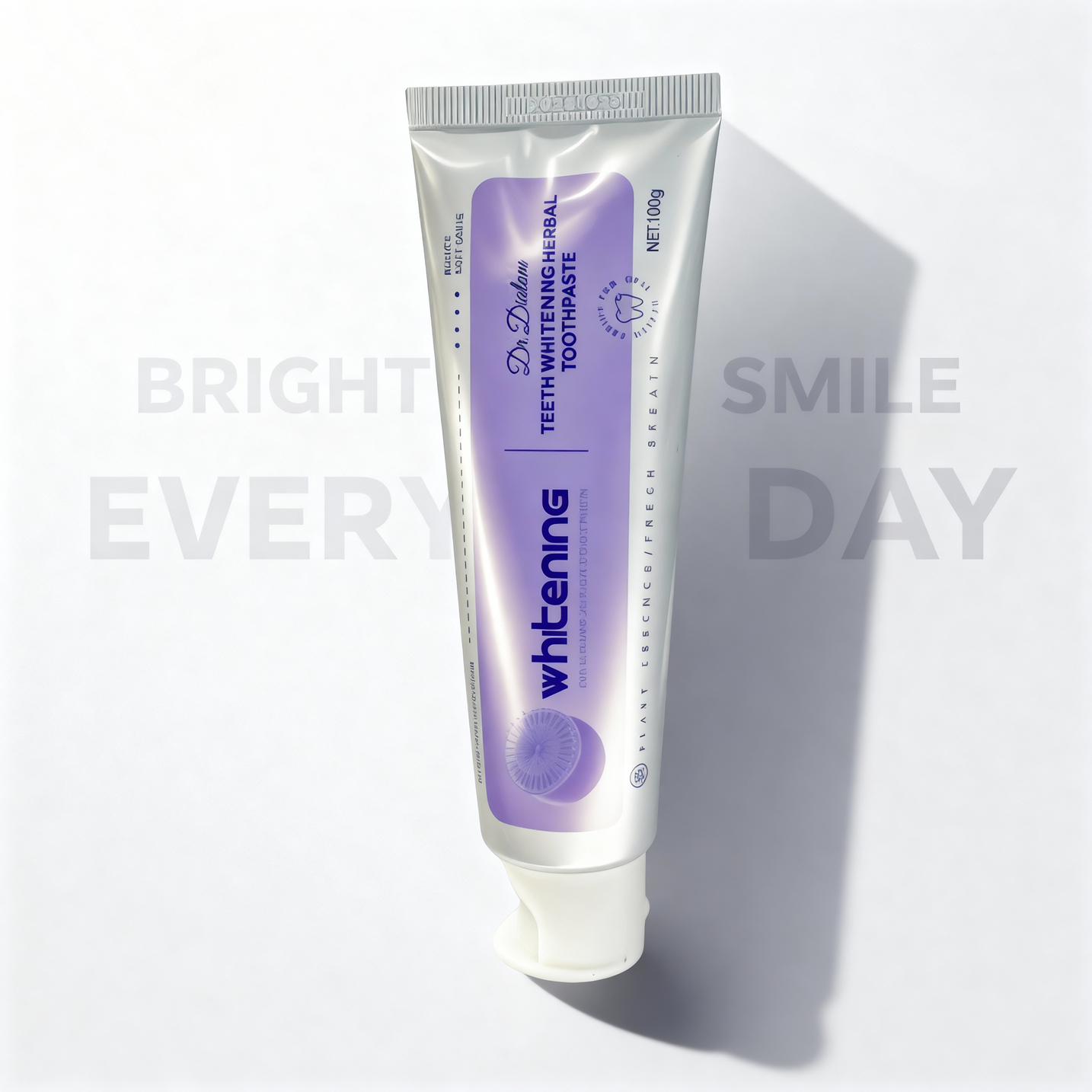
Exploring the Use of Activated Charcoal in Water Treatment
Learn about activated charcoal’s production, science, and applications in removing contaminants, improving taste, and ensuring safe water.
Water is one of the most essential resources for sustaining life, and ensuring its purity is vital for both health and environmental well-being. As populations grow and industrial activities increase, water pollution has become a pressing global concern. This has led to the development of numerous water treatment methods aimed at purifying water efficiently and sustainably. Among these methods, the use of activated charcoal in water treatment has gained significant attention due to its effectiveness in removing a wide array of contaminants.
Activated charcoal, also referred to as activated carbon, is widely used in municipal, industrial, and domestic water purification systems. Its ability to adsorb pollutants, improve taste, and reduce odor makes it an indispensable tool for ensuring water quality. In this blog, we’ll explore the science, applications, benefits, limitations, and prospects of using activated charcoal in water purification systems.
What is Activated Charcoal?
Activated charcoal is a form of processed carbon known for its highly porous structure and exceptional adsorption properties. It is produced by treating carbon-rich materials at high temperatures to create an extensive network of pores. These pores provide an enormous surface area, making activated charcoal highly effective in trapping and removing contaminants from water.
How is Activated Charcoal Made?
The production process involves several steps to enhance the material’s adsorption capacity. Here’s an overview:
- Raw Material Selection: Activated charcoal is derived from organic materials such as:
- Coconut shells: A premium source that produces high-quality activated charcoal with a fine pore structure.
- Wood: Widely used due to its availability and affordability.
- Coal: Commonly utilized for industrial applications, offering a balance between cost and performance.
- Carbonization: The raw material is heated in an oxygen-free environment at temperatures ranging from 400–600°C. This process removes non-carbon elements and leaves behind a charred residue.
- Activation: The charred material is exposed to oxidizing agents like steam, carbon dioxide, or chemical agents (e.g., potassium hydroxide or phosphoric acid) at temperatures between 600–1200°C. This step creates the porous structure that characterizes activated charcoal.
- Final Processing: The activated charcoal is washed, dried, and sometimes ground into fine particles, depending on its intended application.
Properties of Activated Charcoal
Activated charcoal owes its effectiveness to the following key properties:
- High Surface Area: A single gram of activated charcoal can have a surface area exceeding 1,000 square meters, allowing it to trap large quantities of contaminants.
- Porous Structure: It contains micro-pores (less than 2 nanometers), meso-pores (2–50 nanometers), and macro-pores (greater than 50 nanometers), enabling it to capture particles of various sizes.
- Adsorptive Capacity: Activated charcoal binds contaminants through physical adsorption, chemical interactions, and ion exchange mechanisms.
These properties make it a versatile material for purifying water, air, and other substances.

The Science Behind Activated Charcoal in Water Treatment
The use of activated charcoal in water treatment relies on its ability to adsorb contaminants. Adsorption is a surface-based process where molecules adhere to the surface of a material, unlike absorption, which involves substances being taken into the volume of a material.
How Does Adsorption Work?
When water passes through a bed of activated charcoal, contaminants are trapped on its porous surface. This process is driven by several forces:
- Van der Waals Forces: Weak attractions between molecules and the surface of activated charcoal facilitate the binding of contaminants.
- Chemical Bonding: Some pollutants form stronger chemical interactions with the carbon surface, enhancing their removal.
- Hydrophobic Interactions: Non-polar substances like organic compounds are naturally attracted to the hydrophobic (water-repelling) surface of activated charcoal.
Types of Contaminants Removed
Activated charcoal is highly effective at removing a wide range of impurities, including:
- Organic Pollutants: Pesticides, herbicides, and industrial chemicals.
- Chlorine and Chlorination Byproducts: Improves taste and safety by removing chlorine.
- Volatile Organic Compounds (VOCs): Reduces harmful chemicals that can pose health risks.
- Microplastics: Helps eliminate tiny plastic particles that have infiltrated water supplies.
- Odors and Taste-Impacting Substances: Removes sulfur compounds and other odor-causing chemicals.
This versatility makes activated charcoal a preferred choice for water purification in various settings.
Applications of Water Treatment with Activated Carbon
The use of activated charcoal in water purification spans across diverse sectors and applications. Its adaptability makes it suitable for both large-scale industrial operations and small-scale domestic use.
1. Municipal Water Treatment
Municipal water treatment plants use activated charcoal to improve the quality of drinking water before it reaches consumers. It is particularly effective in removing chlorine, organic contaminants, and substances that cause unpleasant odors or tastes.
2. Household Water Filtration Systems
Activated charcoal is a popular choice for residential water filters, including:
- Pitcher Filters: Compact, portable devices for purifying drinking water.
- Under-Sink Filters: Installed in kitchens to provide continuous purified water.
- Whole-House Systems: Treat water at the point of entry, ensuring clean water for all household needs.
3. Industrial Wastewater Treatment
Industries generate wastewater containing hazardous organic chemicals, dyes, and heavy metals. Activated charcoal is used to adsorb these pollutants, ensuring compliance with environmental regulations and reducing ecological harm.
4. Emergency and Portable Filters
In disaster relief scenarios or outdoor activities, portable water filters equipped with activated charcoal are essential for providing safe drinking water.
5. Aquarium Filtration
Activated charcoal is widely used in aquariums to maintain water quality, removing toxins, dissolved organics, and odors to create a healthy environment for aquatic life.
Benefits of Using Activated Charcoal in Water Treatment
The use of activated charcoal in water treatment offers numerous advantages, making it a highly valued purification method:
1. Effective Removal of Contaminants
Its porous structure and high surface area allow it to trap a wide range of impurities, including organic pollutants, VOCs, and chlorine.
2. Improved Taste and Odor
Activated charcoal eliminates unpleasant tastes and odors, making water more palatable.
3. Cost-Effective Solution
Compared to advanced purification methods like reverse osmosis, activated charcoal is more affordable and easier to implement.
4. Environmentally Friendly
Made from renewable materials, activated charcoal aligns with sustainability goals and reduces the environmental impact of water treatment.
5. Versatile and Scalable
Activated charcoal can be used in systems of all sizes, from personal water filters to industrial-scale operations.
Limitations of Water Treatment with Activated Carbon
While activated charcoal is a powerful tool, it has certain limitations:
1. Limited Scope of Contaminant Removal
It is not effective against dissolved inorganic salts, nitrates, or pathogens such as bacteria and viruses.
2. Finite Lifespan
Activated charcoal has a limited capacity to adsorb contaminants and must be replaced or regenerated once saturated.
3. Maintenance Requirements
Regular monitoring and replacement are essential to maintain the effectiveness of systems using activated charcoal.
4. Pre-Treatment Needs
Highly turbid water may require pre-filtration to prevent clogging of activated charcoal systems.
Innovations in Water Treatment with Activated Carbon
The use of activated charcoal in water treatment continues to evolve, with ongoing innovations aimed at enhancing its efficiency and versatility. Researchers are developing advanced solutions to meet the growing demand for effective water purification:
1.Nano-Activated Carbon
Nanoscale versions of activated charcoal are revolutionizing water treatment. Their enhanced surface area and pore structure significantly increase adsorption capacity, enabling the removal of even the smallest contaminants.
2.Hybrid Filters
By integrating activated charcoal with technologies like UV disinfection or reverse osmosis, hybrid filters deliver comprehensive purification, addressing a broader range of pollutants.
3.Regeneration Technologies
Innovations in regeneration methods allow spent activated charcoal to be reused multiple times. This reduces waste, lowers operational costs, and minimizes environmental impact.
4.Smart Monitoring Systems
Modern filtration systems now feature sensors that monitor the performance of activated charcoal in real time. These systems provide timely alerts for replacement or regeneration, ensuring optimal efficiency and user convenience.
These advancements highlight the ongoing potential of activated charcoal to meet evolving water treatment challenges.

Future Prospects of Water Treatment with Activated Carbon
The future of water treatment with activated carbon holds immense promise as the demand for sustainable and efficient purification solutions continues to rise. With water scarcity and pollution reaching critical levels globally, activated charcoal is poised to play an increasingly vital role in addressing these challenges. Advances in material science are paving the way for next-generation activated carbon with enhanced adsorption capabilities, including nano-activated carbon, which offers significantly greater surface area and efficiency.
Hybrid systems combining activated charcoal with technologies such as UV disinfection and reverse osmosis are emerging, providing comprehensive solutions for complex water treatment needs. Regeneration techniques are also evolving, enabling the reuse of activated charcoal and reducing environmental impact. Additionally, the integration of smart filtration systems with real-time monitoring capabilities is making activated charcoal more accessible and effective. These innovations position activated charcoal as a cornerstone in the pursuit of global water security.
Conclusion
The use of activated charcoal in water purification demonstrates the power of natural materials in tackling modern environmental challenges. Its ability to adsorb a wide range of contaminants, improve water quality, and contribute to sustainable practices makes it an essential component of water treatment systems. Whether in municipal plants, industrial settings, or household filters, activated charcoal continues to be a cornerstone of clean water solutions, ensuring a healthier and more sustainable future for all.




